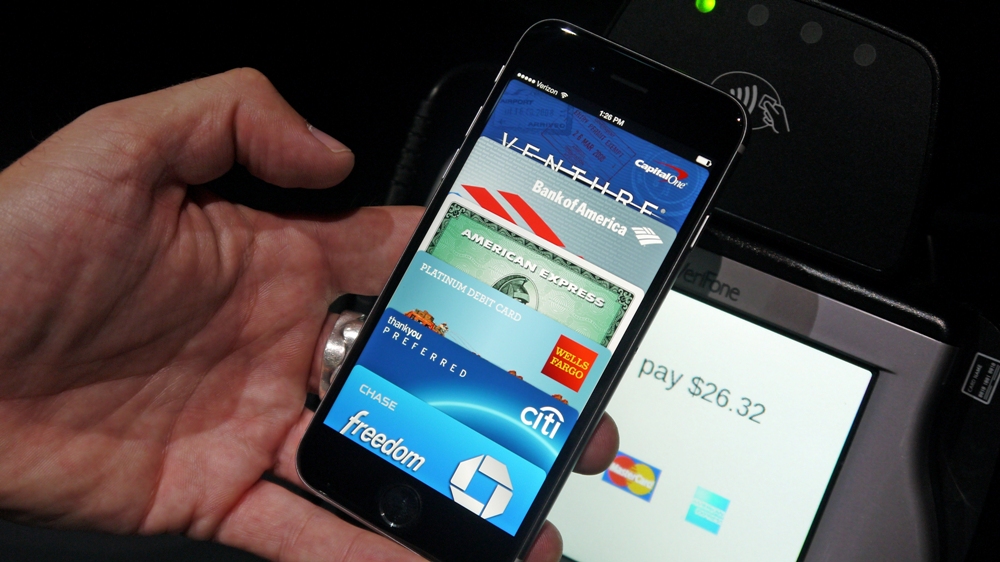7 things small businesses should know about accepting mobile payments
Get started soon

While mobile payments are still not nearly as commonplace as Apple and other players may have hoped, they are becoming more popular. The majority of retailers offering mobile payments are big businesses, with roughly only 32% of small to medium-sized businesses (SMB) currently using them.
But SMBs are always behind large enterprises when it comes to using technology, and for many small and local retailers it's just a matter of time — and consumer demand — before they get on board with the budding trend.
That time should be coming sooner than later considering the soaring growth trajectory of mobile in general, which pretty much nobody can argue. What's more, mobile payments make life a little easier for many customers who appreciate the security and convenience of the system.
If you're looking to roll out mobile payments in your business, here's a list of must-knows.
1. Meet the players
The emerging marketplaces is filling up with newcomers, but some of the heavy hitters in the mobile payments space right now are PayPal Here, Google Wallet, Apple Pay, and Samsung Pay. There's also Dwolla, Venmo, Stripe, LevelUp and Square Cash. It may seem like a headache to go about sorting out the differences between each company's offering, but it's incredibly worthwhile to do your homework. Keep in mind that while it's tempting to go with whichever seems the most popular, consider your business' category and needs. What works for a fancy restaurant that expects hefty payments most likely won't work as well for a 99-cent store that deals more in smaller transactions.
2. Prepare for the cost
Are you one of those businesses that discourages costumers from paying with a credit card because of the added expense the credit card company serves you? Well, get ready for another expense! Most mobile payment companies don't charge a monthly fee, but charge "around 3% for most cards," said Marc Prosser, co-founder of Fit Small and Fit Biz Loans. "Some providers will discount for a monthly fee [which] is typically only a good deal if you're doing $2k or more in mobile transactions."
3. Update your other tech
It would be great if you could just order some hardware from Samsung, Apple, or Google and be all set with a mobile payment system, but as Steven Aldrich, SVP of business applications at GoDaddy points out, you'll need to be sure that you have up-to-date point of sale (POS) technology that accepts credit cards and Near Field Communications, the technology that enables customers to make payments using their smartphones in your store. NFC is a household feature for smartphones nowadays — it needs to be for any business using mobile payments.
Sign up to the TechRadar Pro newsletter to get all the top news, opinion, features and guidance your business needs to succeed!
"For SMB's who don't already have a point of sale capable of accepting contactless payments, the next step is to contact their bank and ask them about setting it up for you," advised Andrew Hubbard, co-founder of Gainful Media. "Most of the bigger banks in the U.S are capable of setting up contactless payments for SMBs."
4. Hope everyone else has updated too
We're all well aware of the proliferation of smartphones, but not all smartphones can come with mobile wallets. In fact, only models made within the past two years have them, Hubbard points out.
"This means that initially a large percentage of your customers might not be able to use it even if you support it," Hubbard said.
5. Master the billing
A mobile pay transaction is typically quick and easy for the consumer, and ideally for you, too. But if you're going to be filing a ton of mobile pay invoices, you'll want to team up with an online service so that you don't get bogged down. "Get your business up to speed with digital finances [and] make sure to use an online service that will automate your invoices," said Aldrich. "It will simplify following up with customers and will guarantee you always stay on top of payments."